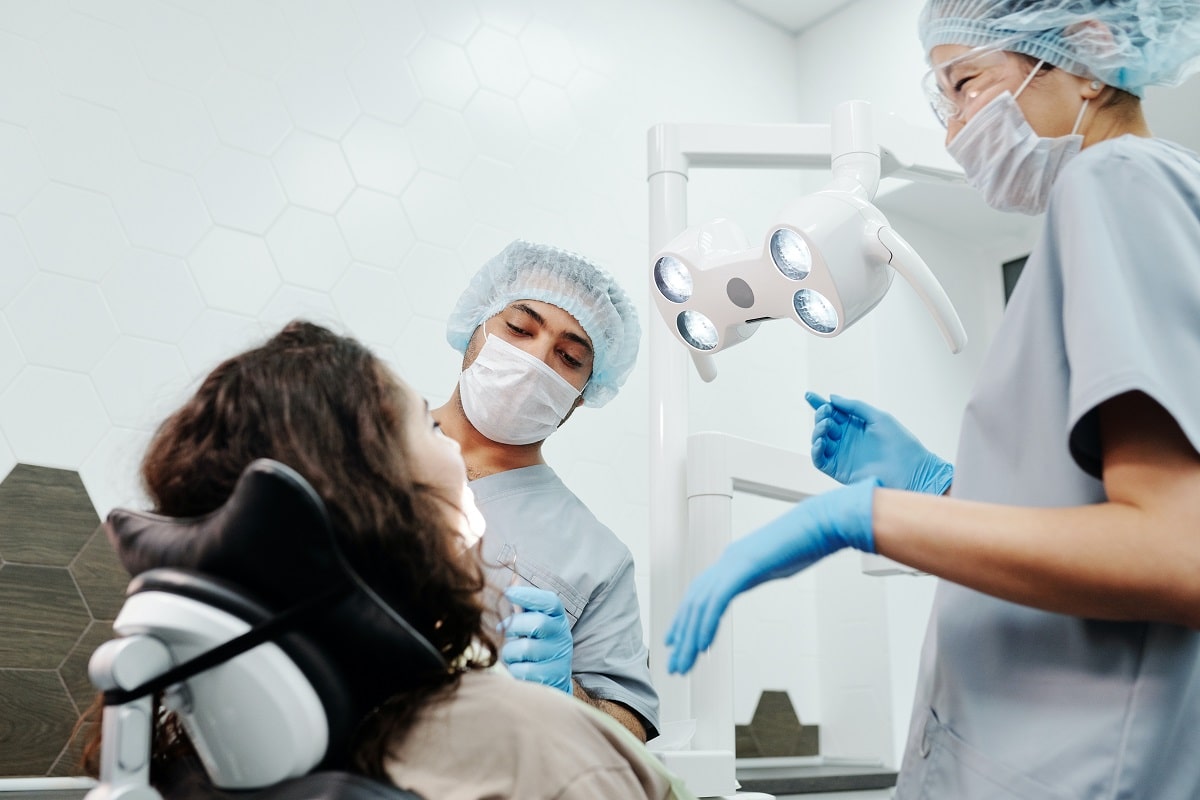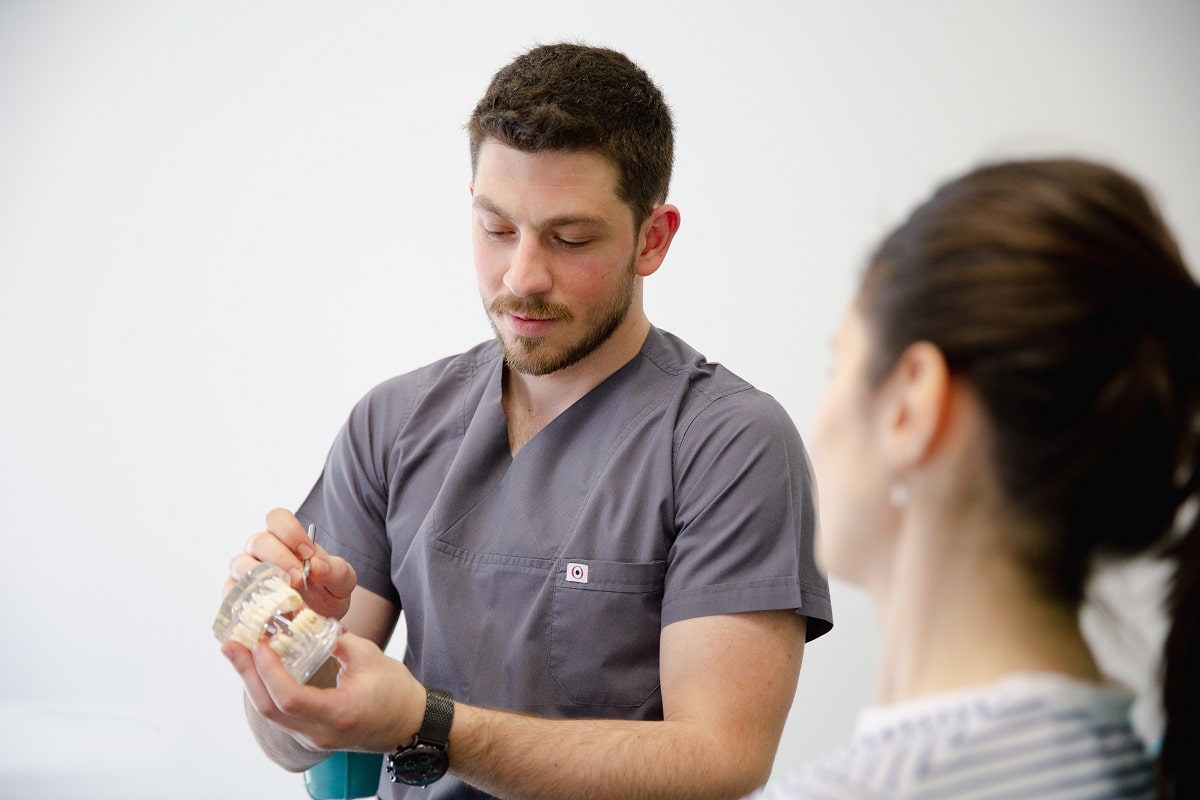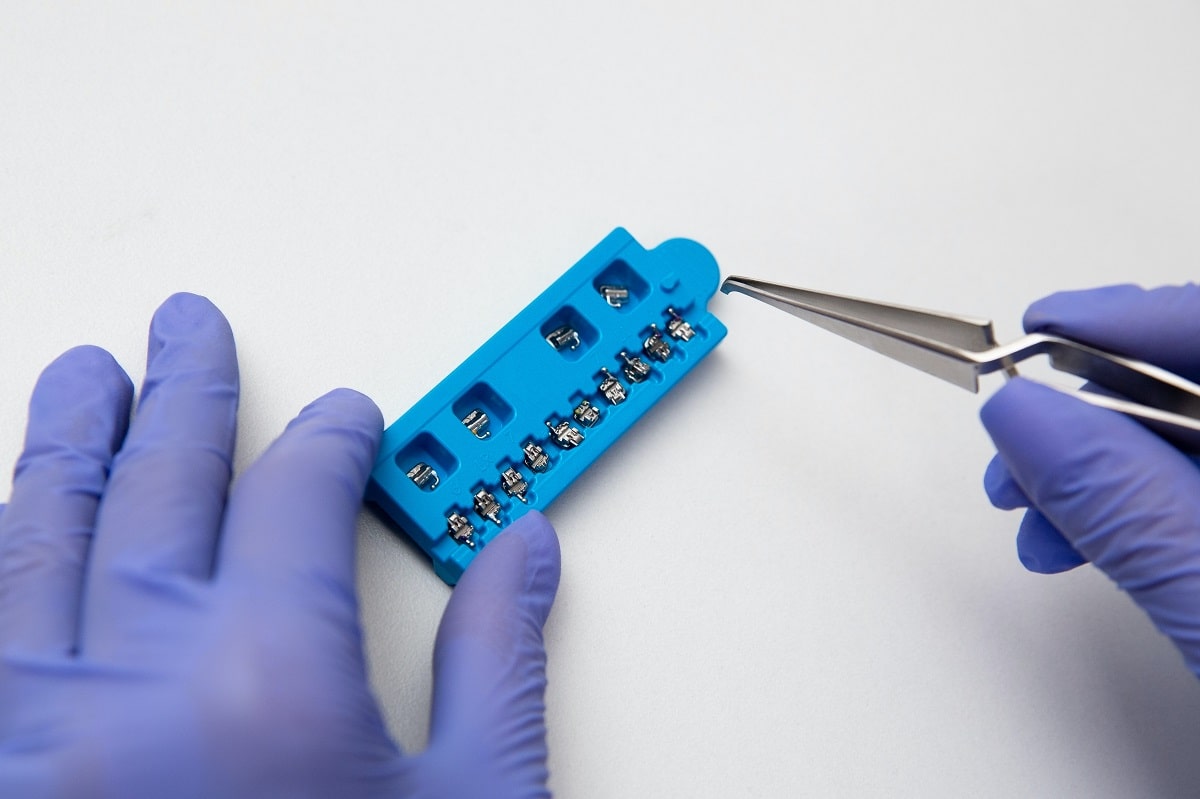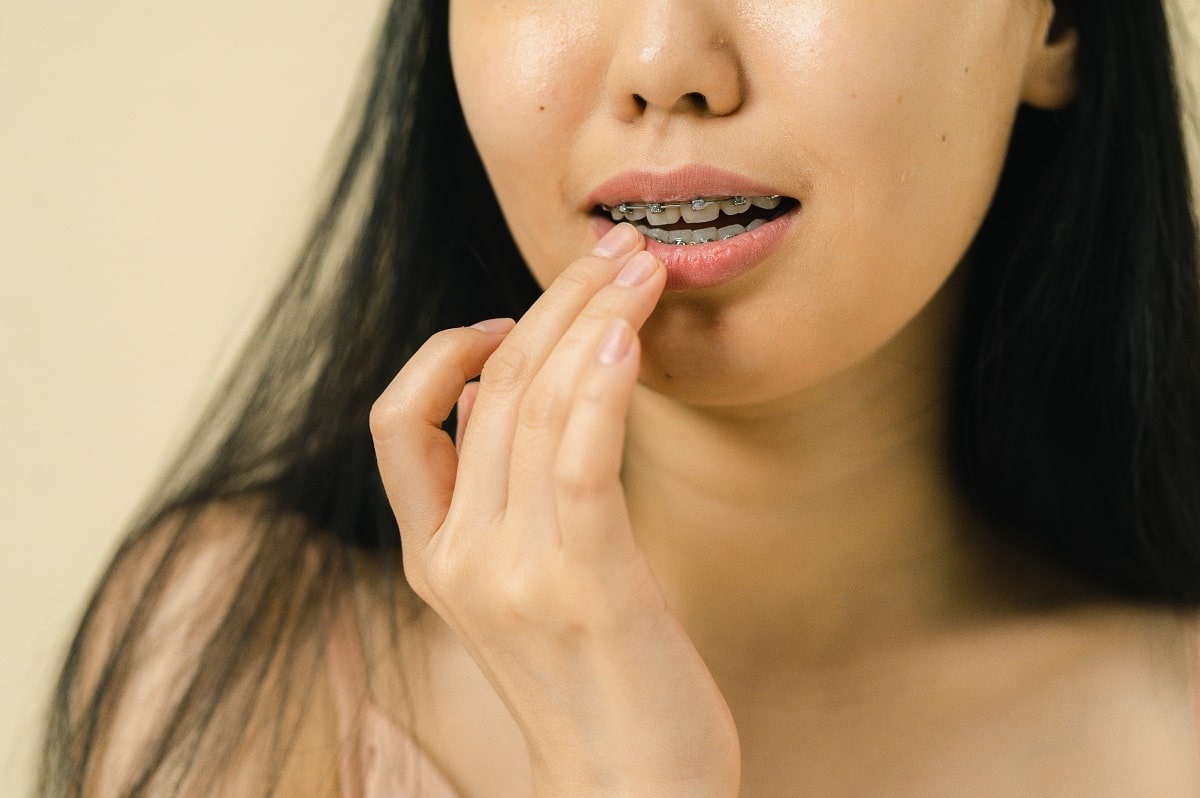1
HOME > Beauty >
A PRACTICAL GUIDE TO CORRECTING AN UNDERBITE
BRING BACK YOUR LONG-LOST SMILE
Written by Menswear Style in Beauty on the 22nd August 2022

An underbite is an orthodontic condition that affects the jaw and tooth alignment. Also known as Class III Malocclusion, this dental condition causes the lower jaw to extend past the upper jaw. According to cosmetic dentist Warrington underbites come in different levels, from mild to severe. Mild underbites aren't always noticeable, except with your jaw or if a closer look is taken. On the other hand, a severe underbite causes the lower jaw to protrude so far from the upper jaw that it can be easily noticed. An underbite is an oral health issue that needs to be addressed. Left untreated, it can result in health problems like speaking and eating difficulties, chronic headaches, jaw pain, and even tooth decay caused by excessive wear on the tooth enamel. For a healthy smile, straight teeth and proper jaw alignment are necessary. Smiling with an underbite can be challenging. This goes beyond beauty and facial appearance. According to orthodontics Cornwall, an underbite is one sensitive issue that can affect you medically and socially and make many people feel less confident. This article has everything you need to know if you currently suffer from an underbite or have questions about this dental condition. Read on to learn the causes of an underbite and how this condition can be fixed.
What Causes an Underbite?
There are several causes of an underbite; below are a few of the causes:
1. Childhood Habits
In most cases, an underbite may be caused by childhood habits. These habits often include: The continuous use of pacifiers after the age of 3. Long-term use of feeding bottles even after infant years. Thumb sucking. Pushing teeth with the tongue.
2. Injury
An underbite can also be caused by severe facial injuries, as this can damage the jawbones. Although it is surgically possible to repair damaged jawbones through realignment, the jaw often doesn't fit the same, resulting in an underbite.

3. Genetics
The shape of the jaw, teeth, and size often depends on genetics. Therefore, it is possible that an underbite can be inherited through genetics.
4. Tumors
A tumor on the jawbone or mouth can increase the risk of an underbite. When located in the mouth, tumors can displace the alignment of the teeth, resulting in the jaws being misaligned.
5. Illness
In some rare cases, an underbite can be caused by contracting a specific infection. This typically happens when an endocrine condition like endometriosis, Addison's disease, or chronic fatigue syndrome is contracted. This illness targets the hormone glands, and an underbite is one of the consequences of this imbalance. Undoubtedly, an underbite can make you self-conscious about your smile and looks. An underbite smile cannot be compared with one without it, and the confidence is evident. Fortunately, you don't have to live with this orthodontic condition forever, as an underbite can be corrected even without surgery. Today, through technology and innovation, orthodontics professionals can give you back your long-lost smile and confidence. Below is a guide on how an underbite can be corrected.
How To Treat an Underbite
The method used for underbite correction depends on the severity of the condition. The patient's age is also a factor. You can have mild underbite correction without surgery; only severe cases of underbite often require surgery. Here are some of the most common treatments for an underbite:

Braces
Braces are one of the most common orthopedic devices for gradual tooth straightening. Although they sometimes lead to soreness, braces are effective for altering the position of the teeth. Traditional braces are made of ceramic or steel brackets attached to the teeth through flexible wires.
Orthognathic Surgery
This is commonly known as "jaw surgery." This procedure involves moving the lower jaw backward and the upper teeth forward. Although this is the quickest treatment for an underbite, oral surgery can be uncomfortable and more expensive than non-surgical correction methods.
This trustworthy dentist in Vienna highly suggests getting surgery only when necessary. If the underbite can be corrected through braces, then get them instead. Although surgery is quicker, it also involves careful recovery.
Clear Aligners for Underbite
Among the several non-surgical underbite solutions available, clear aligners are another effective treatment for this dental condition. Clear aligners can be used for underbite correction in mild cases. These are clear, almost invisible aligner braces, which make them preferred by many who don't want it to be evident that they are wearing braces. It is possible to treat underbite with just a clear aligners brace alone. Other times, additional treatment can be incorporated based on the recommendation of a dentist.
Reverse Full-Face Masks
This treatment is designed for children under the age of 10. A reverse full-face mask fits around the head. It works by pulling the upper jaw forward and is very effective for correcting underbite. This treatment only works for younger children, and many find it hard to use this device for the recommended 16 hours daily. Despite being effective, the full-face masks feel uncomfortable.

Palate Expanders
A palate expander is the best underbite treatment for patients under the age of 12 because, at that age, the jawbone is still developing. This procedure enlarges the top of the mouth and pushes the upper teeth into place over the lower teeth. A palate expander can also be used to treat adult patients too. They work faster than braces and are more discreet.
Cosmetic Dentistry Facelift
This procedure mimics proper jaw alignment and is quite effective for correcting an underbite. Dentists sometimes recommend cosmetic dentistry facelifts to correct an underbite. Veneers and crowns are used for restoration in this procedure, improving the jaw position and creating a more natural bite.
Tooth Extraction
In some cases, an underbite can result from too many teeth in the lower jaw. In such instances, tooth extraction might be advised by a dentist. This procedure involves having some teeth removed. Tooth extraction helps braces work effectively as all the teeth move into the braces.
Is Underbite Correction Necessary?
Yes, it is. Several health challenges are experienced by people who have underbite teeth, and the longer you wait, the more complex the treatment may be. This dental condition is best treated early, especially if you have a child with this condition. For young children, the bones are more easily moved and adjusted as they are in the development stage. This doesn't mean it cannot be treated effectively in adults too. Living with an underbite isn't an option as the condition can become very uncomfortable as the years go by. Without correction, the following conditions can be experienced as a result of an underbite: Difficulty biting and chewing food properly. Speech issues like slurring and listing. The abnormal strain on the jaw and facial pain. Jaw pain. Tooth decay. Cracked and worn-down teeth. The face or jawbone is shaped differently from normal. Bacterial infections in the mouth. Snoring. Sleep apnea. Chronic headache.

It is estimated that about five to ten percent of the world's population suffers from some form of an underbite. However, thanks to technological advancements and innovations, there are several ranges of underbite correction without surgery options. Finding a method that suits you or your loved one isn't so difficult. When done early, the success rates of underbite treatment are really high, so you don't have to linger with this dental condition forever, so get your smile and confidence back with any of the above treatments.
Trending
2
3
4
5
6
7
8
9
10









